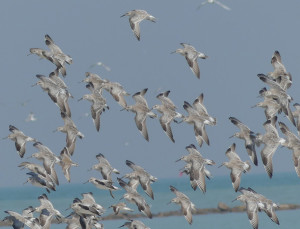
Early morning at Pak Thale always provides a sense of anticipation for visiting birders with the Critically Endangered Spoon-billed Sandpiper the much-desired prize. This was the feeling on stepping out of the vehicle at 7am on 23rd December with Graham and Penny Lower with the challenge being to find them a Spoonie with which to celebrate their 50th wedding anniversary. We were successful in this goal with a “his-and-her matching pair of Spoon-billed Sandpipers” as well as being able to enjoy enormous numbers of waders throughout the day resulting a in a total of 41 species of shorebird which included birds such as Nordmann’s Greenshank, Far Eastern Curlew, Greater Painted Snipe, Great Knot, Pied Avocet, Long-toed Stint, Malaysian Plover, Red-necked Phalarope and White-faced Plover. A wonderful day of waders with huge numbers, rarity and great variety in what is probably the number one wader watching site in the world.Leaving the Mariya Boutique Residence at 5am we were able to avoid Bangkok’s heavy traffic and arrive at Pak Thale in the early morning and it was nice to experience pleasantly cool weather.
Waders are always present at Pak Thale but the exact pools they are in changes on a regular basis as the salt pans go through different phases of salt production and contain the varying water levels that go with these. At first birds seemed a little few and far between but after scanning around we found good numbers of smaller shorebirds feeding and roosting in a number of places and it only took a short walk to find our first Spoon-billed Sandpiper which I photographed at some distance with the light behind it (below).
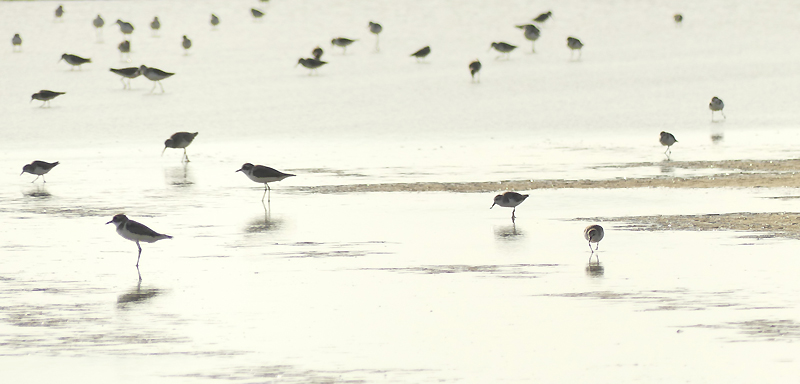 Spoon-billed Sandpiper feeding with other waders
Spoon-billed Sandpiper feeding with other waders
We moved ourselves into better light to enjoy this and a second Spoonie feeding alongside many Broad-billed Sandpipers, a few Curlew Sandpipers and a mass of Red-necked Stints, Kentish Plovers, Lesser Sand Plovers and a few Greater Sand Plovers; what a way to start the day! We enjoyed watching these two special birds feed, at times together, until the whole flock lifted and dispersed to other pools after the salt workers began their daily chores. I did not manage any good quality photos as I did not want to go too close and disturb the birds but below is a better one from a previous trip.
On another nearby pool we saw lots of the commoner species including Marsh Sandpiper, Common Greenshank, Spotted Redshank, Black-winged Stilt, Black-tailed Godwit as well as few that are less common here; Terek Sandpiper and Red-necked Phalarope which were spinning around in their characteristic way.
We could see a very large flock of Curlews, most of which were Eurasian Curlew but we were able to pick out a Far Eastern Curlew by its darker shade, lack of obvious supercilium, slightly barred flanks rather than streaked and by its dark brown tail tip rather than white with barring although not by a longer bill as females of the orientalis subspecies of Eurasian Curlew have bills to match the Far Eastern. A little later, from a spot next to the road, most of this flock flew towards us and we could easily pick out 3 Far Eastern Curlews when the birds were in flight.
Joining this large flock were a number of other larger wader species including Bar-tailed Godwit, Grey Plover and Great Knot.
Wader eBird list for Pak Thale, 23/12/17
Driving along the road to Laem Pak Bia district gave us the chance to get close to some of the commoner species including Wood Sandpiper, Temminck’s Stint, Long-toed Stint, Common Sandpiper, Marsh Sandpiper, Little Ringed Plover and Lesser Sand Plover.
Our next quarry was Nordmann’s Greenshank. Although not as iconic as Spoon-billed Sandpiper this species is not far behind in rarity value and they regularly winter in this area. What we found were vast numbers of shorebirds with many thousands of Black-tailed Godwits and Great Knot as well as plenty of both species of Sand Plover. Scanning through the flock found us more than 30 Nordmann’s Greenshank and we were able to see the key features of the bi-coloured bill and yellow legs. Pied Avocet and Red Knot were additions to the wader list for the day.
Next up was a visit to the nearby “Abandoned Building” where we speculated on what it may have been intended to be with the most likely thing being a hotel despite the strange location. In this area there were also large numbers of waders with massive flocks of Marsh Sandpiper interspersed with many Broad-billed Sandpipers, Curlew Sandpipers, a few Pacific Golden Plovers and a nice Asian Dowitcher.
The sheer number and variety of birds in this area was amazing and we enjoyed watching them at close range for some time, a real spectacle of nature.
The variety f species here produced close up views of Great Knot, Common Redshank, Red-necked Stint, Spotted Redshank and a single Ruff; this was birding at its best, surrounded by large numbers of birds all viewable at close range to enable us to see their plumage in detail.
If we had just gone home at this point it would have already been a superb day but after lunch we had a boat trip with Mr Daeng to enjoy, heading out to the sand spit in his little boat we were soon watching several smart Malaysian Plovers running around alongside hundreds of Great Knot, Sanderling, Greater Sand Plover and many others including another Terek Sandpiper and a single Ruddy Turnstone.
Watching the flocks of Great Knot wheel around was quite spectacular as they periodically took flight only to return to their position on the beach where they would resume their feeding at the water’s edge.
Great Knot
Of course our other target here was White-faced Plover and we found two of these poorly-known birds including a nice male which was among the large numbers of Sand Plovers on the beach. On our way back we came across a couple of Whimbrel for our list.
After the conclusion of our boat trip it may have seemed like that was it, all target species seen well and much more besides but a short drive took us to some nearby freshwater wetlands where we were to add to our wader day list with Red-wattled Lapwing, 2 Grey-headed Lapwings, a female Greater Painted Snipe, a couple of Common Snipe and a Pintail Snipe to conclude our total of 41 wader species for the day, a total that I have only exceeded on a very few occasions.
It is hard to know where else in the world birders can see such a high number of wader species in one day with such massive numbers as a spectacle to rival anything I have seen as well as some extremely rare birds.
The Complete List of Wader Species Seen
- Pintail Snipe
- Common Snipe
- Whimbrel
- Eurasian Curlew
- Far Eastern Curlew
- Black-tailed Godwit
- Bar-tailed Godwit
- Asian Dowitcher
- Spotted Redshank
- Common Redshank
- Common Greenshank
- Nordmann’s Greenshank
- Marsh Sandpiper
- Wood Sandpiper
- Common Sandpiper
- Terek Sandpiper
- Ruddy Turnstone
- Ruff
- Great Knot
- Red Knot
- Sanderling
- Spoon-billed Sandpiper
- Red-necked Stint
- Temminck’s Stint
- Long-toed Stint
- Curlew Sandpiper
- Broad-billed Sandpiper
- Greater Painted Snipe
- Black-winged Stilt
- Pied Avocet
- Red-necked Phalarope
- Grey Plover
- Pacific Golden Plover
- Little Ringed Plover
- Kentish Plover
- White-faced Plover
- Malaysian Plover
- Lesser Sand Plover
- Greater Sand Plover
- Grey-headed Lapwing
- Red-wattled Lapwing
While it is wonderful to experience the shorebirds of Pak Thale and Laem Pak Bia like this the numbers were exceptional. Why is this? Could it be that many other roosting/feeding sites around the Gulf of Thailand have been rendered unusable for waders and they are concentrating on this one area? Well, this is definitely a question that needs investigating as it is increasingly obvious to those of us who have been visiting this site for years that most of the salt pans along the way in Samut Sakon and Samut Songkram provinces have been either built on or hemmed in making them too disturbed for waders to use. These locations used to be full of birds in the past with great flocks visible from the car as one drove down the highway. These days the only thing to be seen in these areas are supermarkets, shopping malls, factories and shrimp farms.
Those birders interested in waders and particularly in their conservation should take a look at WaderQuest.


 December 29th, 2017
December 29th, 2017  Nick
Nick 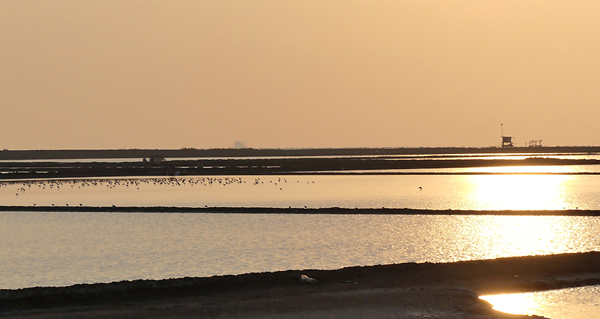
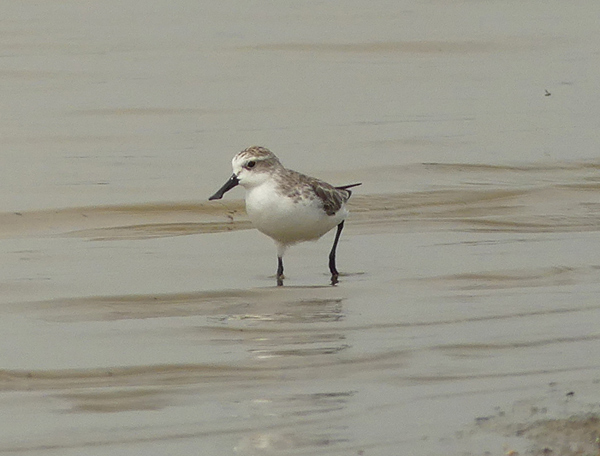
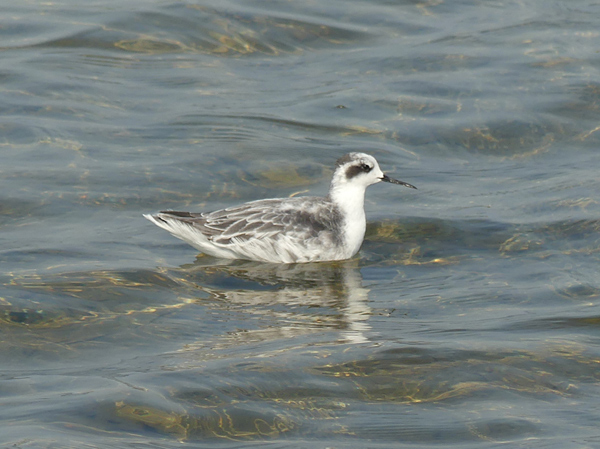
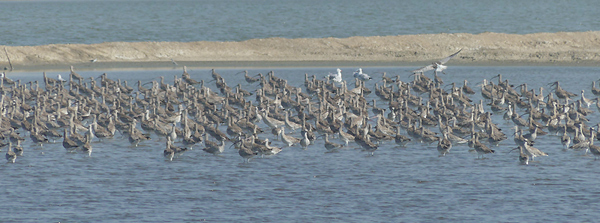
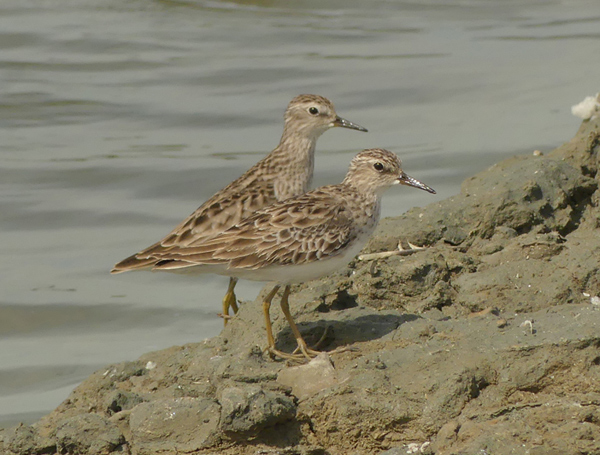
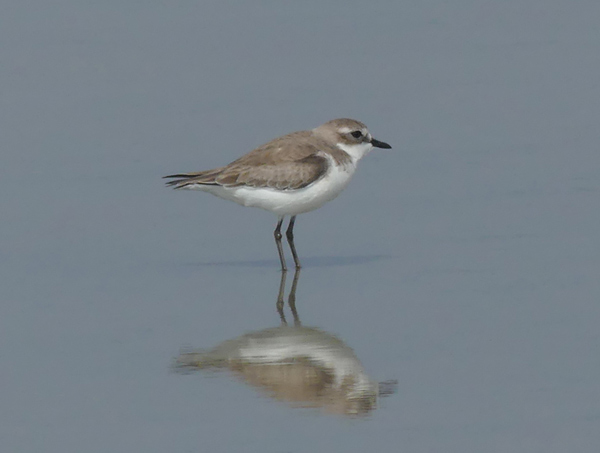

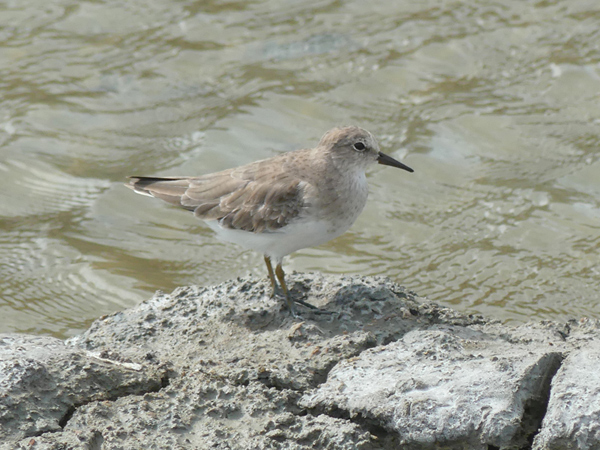
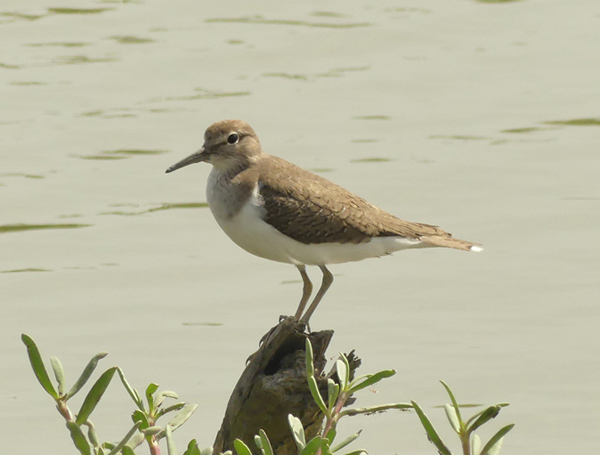
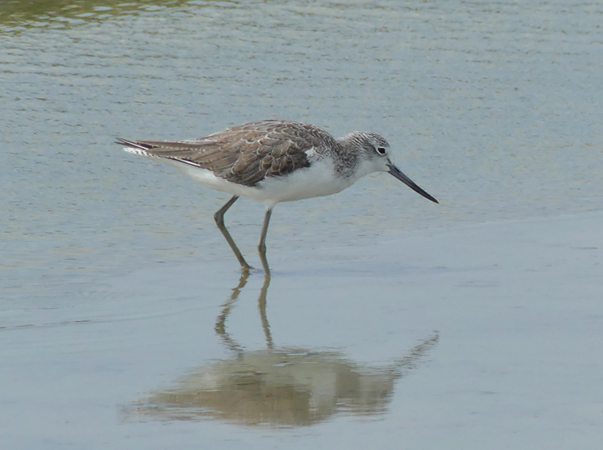
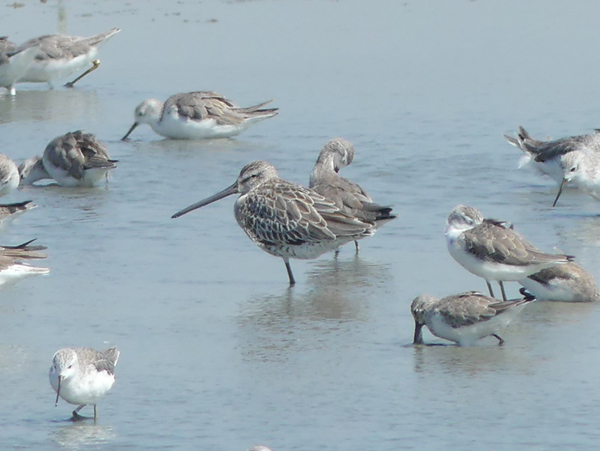
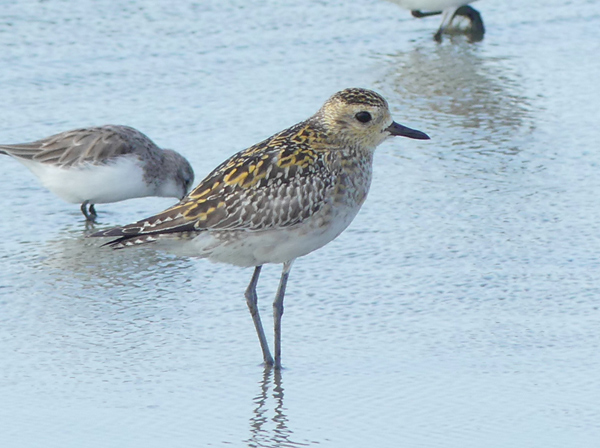
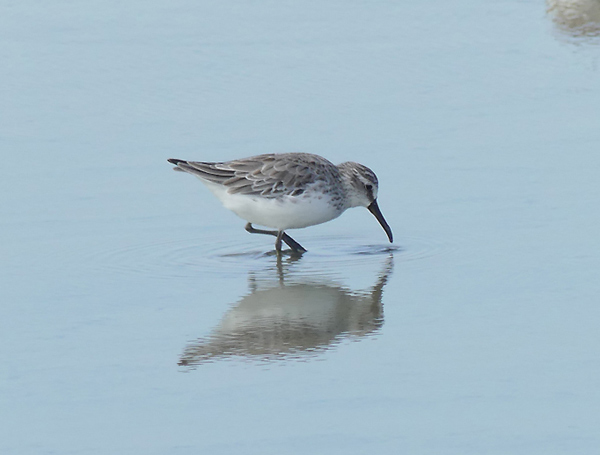

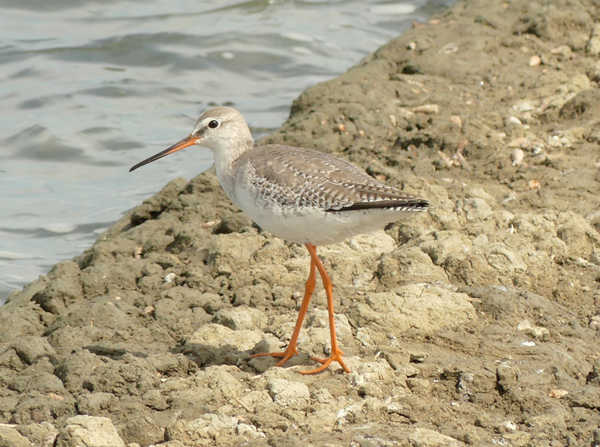
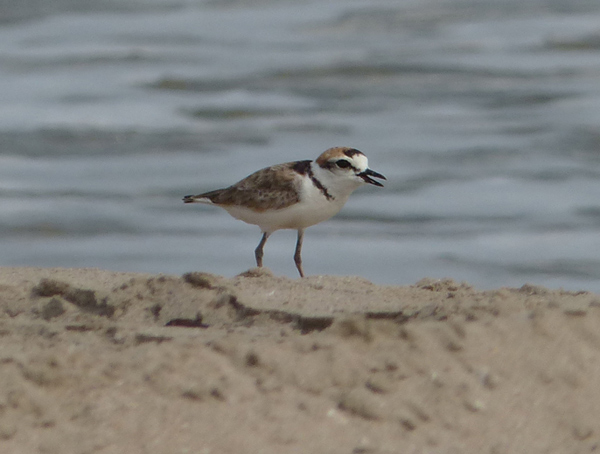

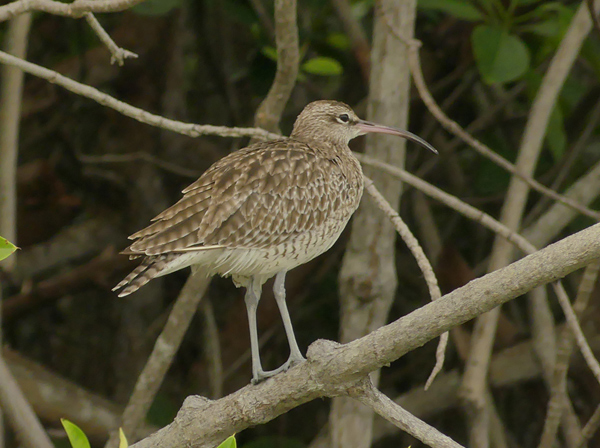
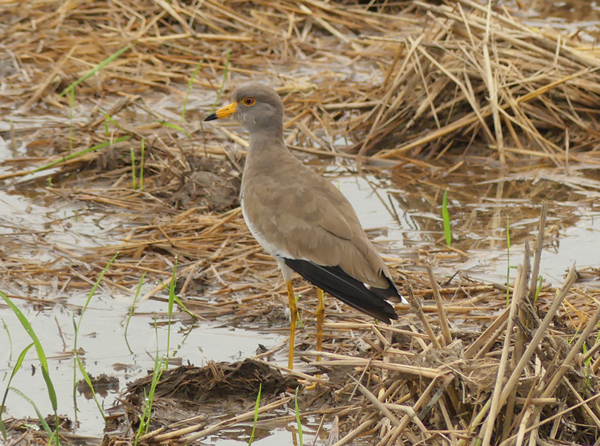
 Posted in
Posted in  Tags:
Tags: 











Hi nick! What a amazing day you discribe!
whitin 5 weeks I (from Holland) go to Thailand for birding.
We also want to go to Pak Thale.
we have not enough time to spend more than just one day there. ;(
Can you give us someting as GPS coordinates or adresses for the navigation?
also a googleearth image with a pinpoint is enough
Then we can go straigt to this amazing place you describe above!
Thanks for Sharing!!!!
greetz from The Netherland,
Sandra